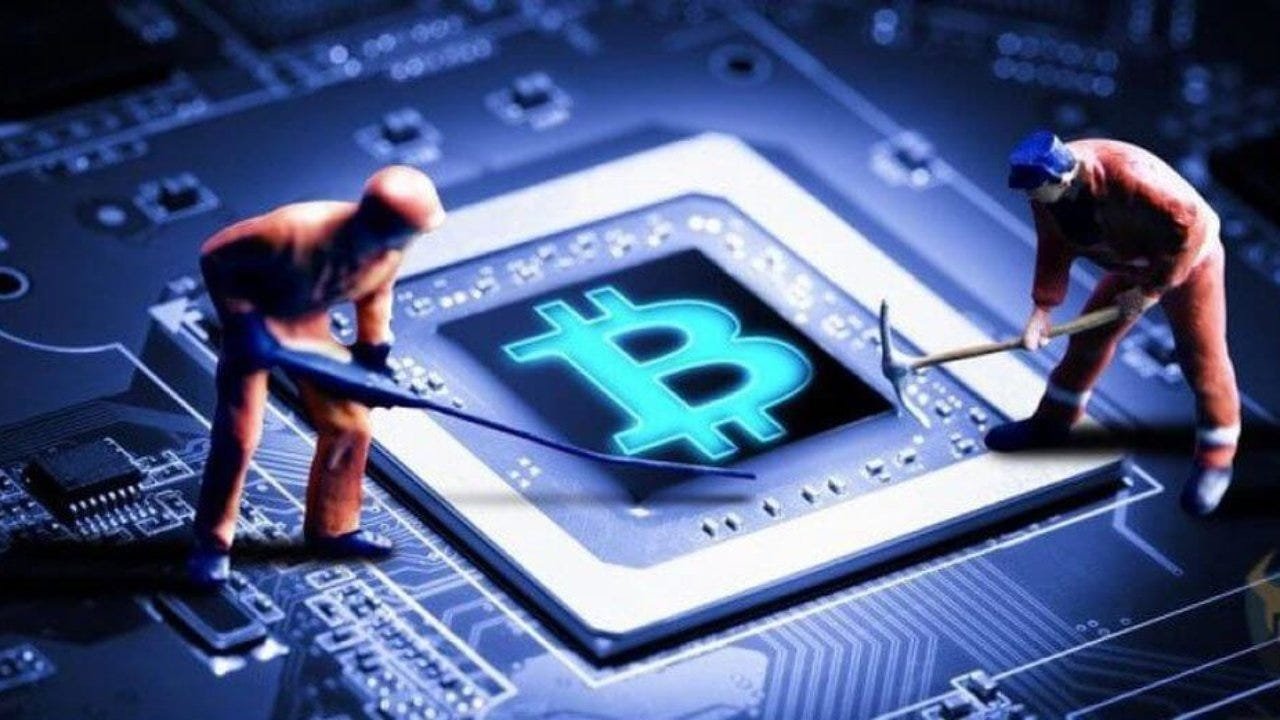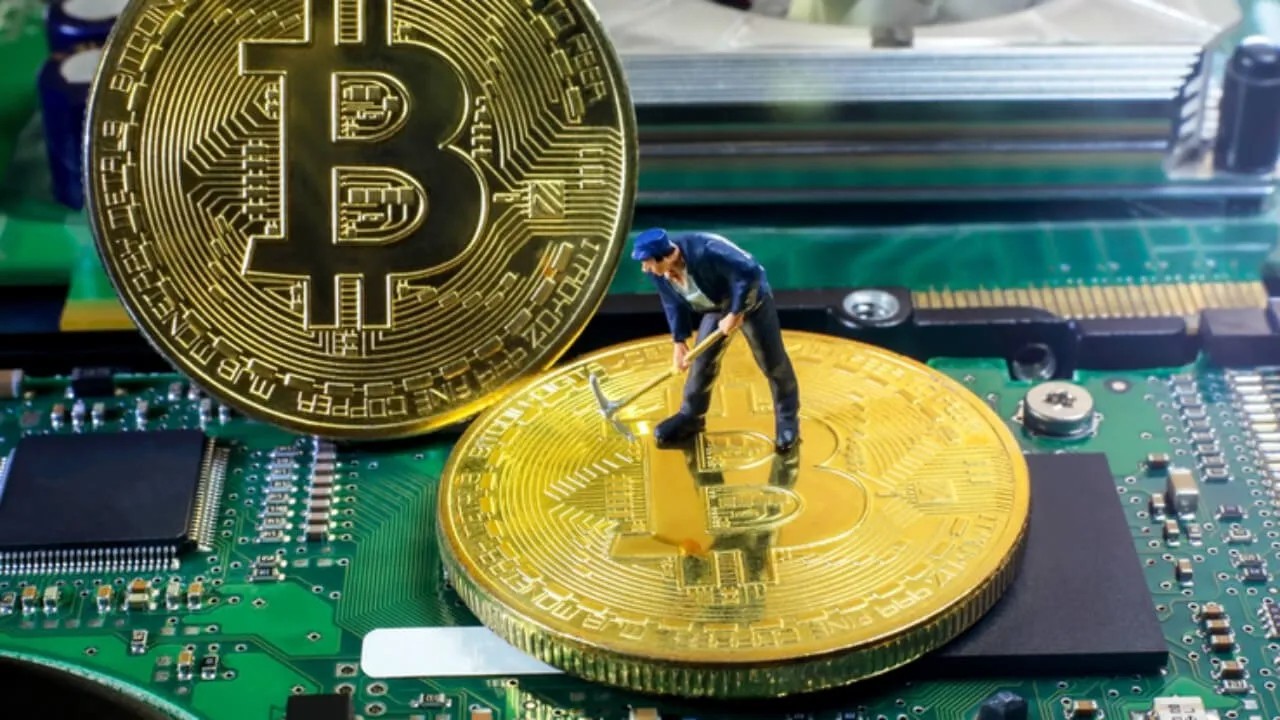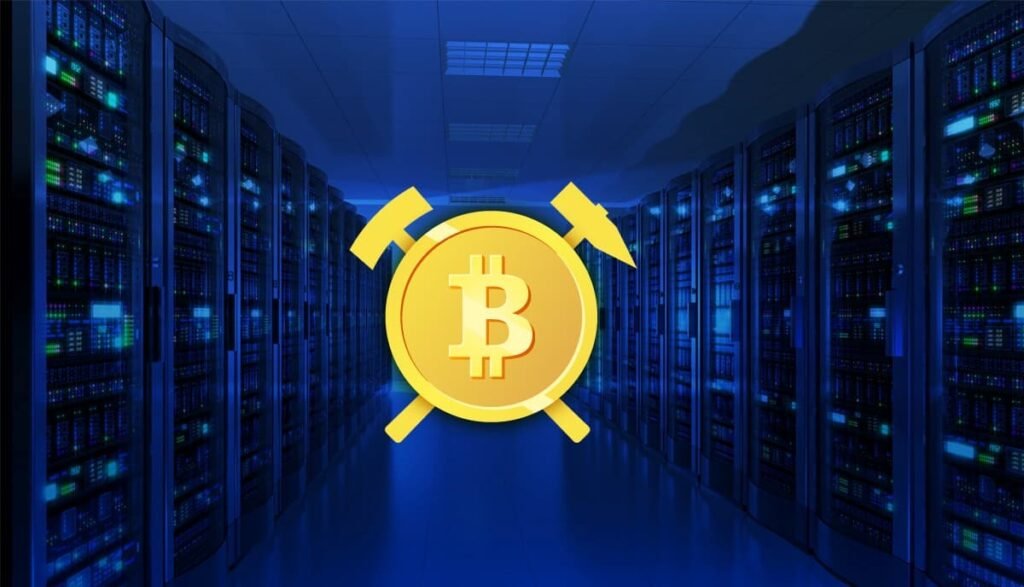Bitcoin mining is the technological heartbeat that keeps the world’s first and most valuable cryptocurrency functioning. As a process rooted in cryptography and decentralized consensus, Bitcoin mining not only secures transactions but also ensures the issuance of new bitcoins through a carefully calibrated economic system. From solo miners with early laptops to billion-dollar mining farms with rows of ASIC hardware, the journey of Bitcoin mining encapsulates the innovation and disruption at the heart of the blockchain revolution.
Understanding the Process Behind Bitcoin Mining
Bitcoin mining is a process where computers solve complex mathematical puzzles based on the SHA-256 cryptographic algorithm. These puzzles are designed to validate and confirm transactions, which are then added to the Bitcoin blockchain — a public, immutable ledger. Each time a miner successfully validates a block, they receive a reward in Bitcoin, plus the transaction fees included in that block.
This mechanism is called Proof of Work (PoW), and it serves as Bitcoin’s consensus algorithm. It deters fraud, eliminates the need for intermediaries, and prevents double-spending — all without relying on a central authority.
The mining difficulty adjusts approximately every two weeks to ensure blocks are added roughly every 10 minutes, regardless of how many miners are participating or how much computational power is being used.
Evolution of Mining Hardware: From CPUs to ASICs
In the early days of Bitcoin, mining could be performed using standard desktop CPUs. As competition increased, miners turned to GPUs, then FPGAs, and finally to Application-Specific Integrated Circuits (ASICs) — machines designed exclusively to mine Bitcoin efficiently.

Today, leading ASIC models such as the Bitmain Antminer S19 XP and MicroBT WhatsMiner M60 dominate the landscape. These machines offer terahashes of computing power and require precise cooling systems and massive electricity inputs. leading to the industrialization of Bitcoin mining.
Mining Pools and Centralization Concerns
Due to the increasing difficulty and randomness involved in mining. Individual miners now often join mining pools to share computational resources and earn smaller but more regular payouts. In these pools, miners contribute their hash power and share the rewards proportionally.
Major mining pools include Antpool, Foundry USA, and F2Pool, which collectively control significant portions of the Bitcoin network’s hash rate. This consolidation has raised concerns about mining centralization. As pools with over 50% control theoretically pose a risk to the blockchain’s integrity through a potential 51% attack. While such an attack is unlikely due to economic disincentives, the Bitcoin community remains vigilant about the need for decentralized mining power.
Energy Usage and Environmental Impact
A core point of contention surrounding Bitcoin mining is its energy consumption. The process demands immense electricity, which has sparked criticism regarding carbon emissions and climate impact. According to research from the Cambridge Centre for Alternative Finance, the Bitcoin network consumes as much electricity annually as some medium-sized nations.
However, the Bitcoin industry is increasingly turning to renewable energy sources. In areas like Texas, Iceland, and Scandinavia, mining operations are powered by wind, hydro, and geothermal energy. In Kazakhstan and Russia, stranded natural gas is used to run mobile mining farms, reducing waste. The Bitcoin Mining Council has reported that over 50% of Bitcoin mining is now powered by sustainable energy — a figure that continues to grow as ESG principles gain influence.
Regulatory Influence and Global Distribution
Bitcoin mining has come under increasing regulatory scrutiny. In 2021, China banned all crypto mining, citing environmental and financial stability concerns. This caused a mass migration of mining operations to friendlier jurisdictions such as the United States, Canada, and Kazakhstan. Today, Texas has become a global hub for Bitcoin mining due to its deregulated energy grid, abundant wind energy, and pro-crypto policies.
Globally, policymakers are assessing how to regulate the industry without stifling innovation. In the European Union, debates are ongoing about whether proof-of-work mining aligns with the bloc’s climate goals. In contrast, countries like El Salvador, which adopted Bitcoin as legal tender in 2021. Have embraced mining powered by volcanic geothermal energy, setting an example for innovation-driven sustainability.
Bitcoin Halving and Mining Profitability
Every 210,000 blocks, roughly every four years, the reward for mining Bitcoin is halved. Known as the Bitcoin Halving, this event reduces the number of new bitcoins issued and impacts mining profitability. The most recent halving occurred in April 2024, cutting the block reward from 6.25 to 3.125 BTC.

This built-in scarcity mimics precious metals like gold and reinforces Bitcoin’s appeal as “digital gold.” As the block reward decreases, miners increasingly rely on transaction fees to sustain revenue. Over time, this transition may reshape how miners prioritize transactions and structure fees.
Future of Bitcoin Mining: Efficiency and Innovation
Looking ahead, the future of Bitcoin mining lies in efficiency, sustainability, and decentralization. Innovation in liquid cooling systems, next-gen ASICs, and merged mining is poised to make operations more energy-efficient. The proposed Stratum V2 protocol seeks to improve security and decentralization by giving miners more autonomy in transaction selection.
There’s also growing interest in home-based mining and plug-and-play solutions that make small-scale participation viable again. Though unlikely to outcompete large farms, these developments restore Bitcoin’s ethos of inclusion and decentralization.
Final thoughts
Bitcoin mining plays a vital role in maintaining the integrity of layer-2 solutions like the Lightning Network. which allows faster, low-cost transactions by operating atop the base chain. Additionally, merged mining allows miners .to simultaneously secure secondary networks (e.g., RSK, Namecoin), enhancing Bitcoin’s ecosystem utility without extra energy costs.
Mining also indirectly supports innovations like ordinals (digital artifacts on the blockchain) and future privacy enhancements by maintaining a secure, censorship-resistant base layer.

















